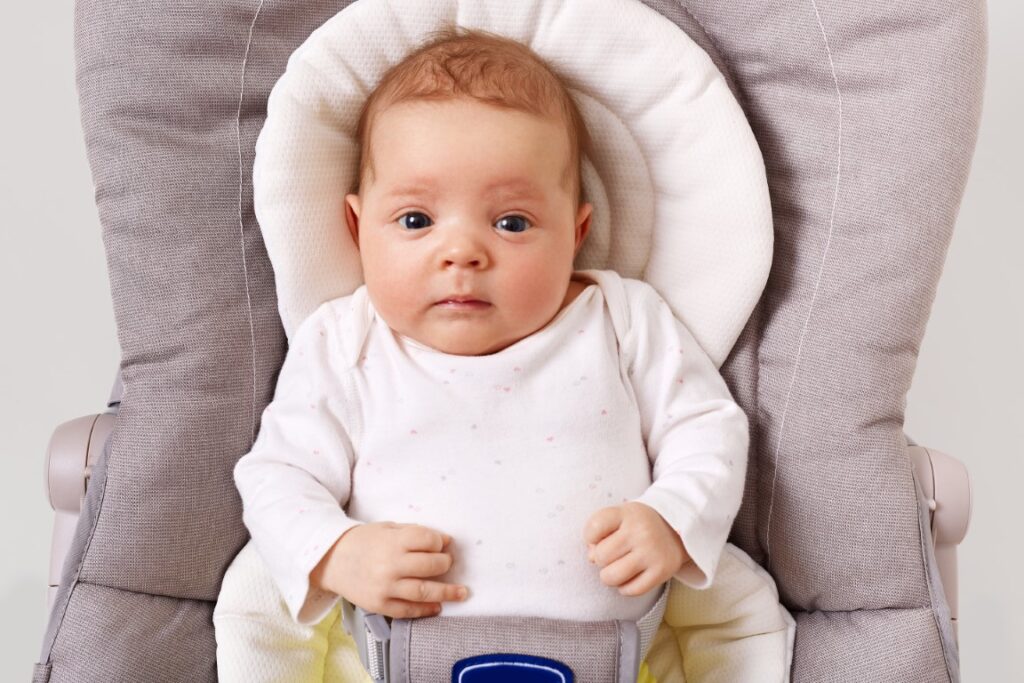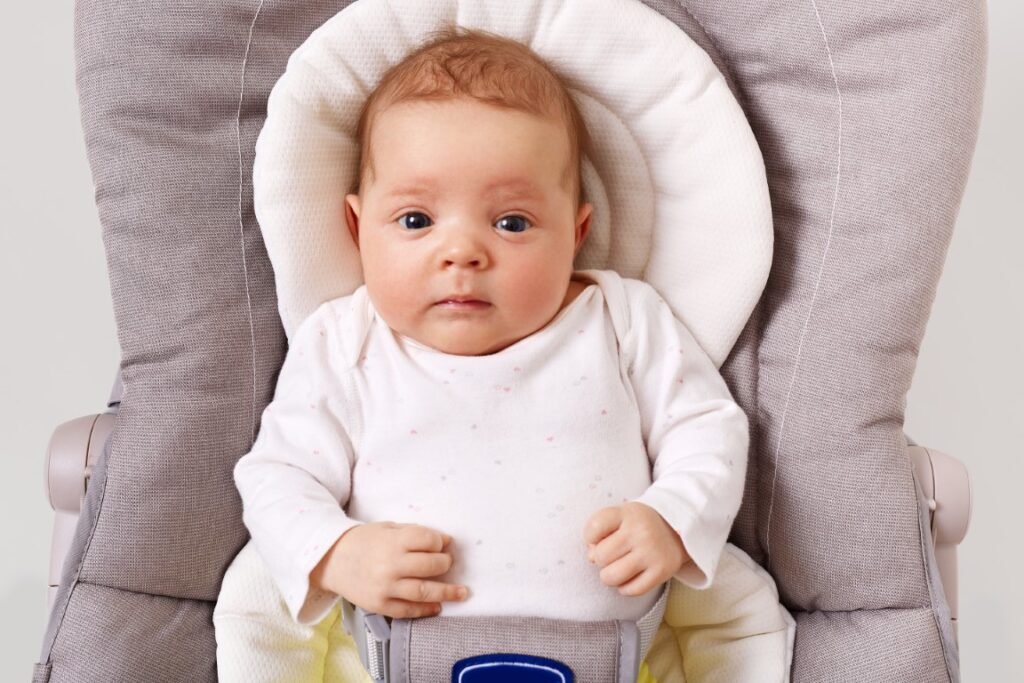WHO and American Academy of Pediatrics recommends that babies only have breast milk for the first six months after they are born, and that they continue to have breast milk while eating solid food at least until they are one year old. As long as you and your baby want to, breastfeeding is recommended.
The timing of your child’s weaning depends on you. It’s frequently simplest to start weaning when your infant does. At 6 months, when solid meals are usually given, changes in breastfeeding habits that eventually lead to weaning frequently start spontaneously.
About age 1, some babies start looking for alternative sources of comfort and sustenance. Children are normally able to drink from a cup and consume a range of solid meals by this age. Some babies might wait until they’re toddlers before starting to wean since they find it harder to stay still while being breastfed.
You might also select the time to begin the weaning procedure on your own. This may be more challenging than just following your child’s cue, but it is possible if you exercise extra caution and consideration.
As you begin weaning your child from the breast, remember to consider both their needs as well as your own. Avoid comparing your circumstances to those of other families, and you might want to reconsider any weaning dates you may have set while you were pregnant or when your child was a newborn.
You can postpone weaning if:
a. If either you or the father of your child has food allergies, you might want to postpone weaning until after your baby reaches one. Research shows that a child’s chance of getting allergies may be lower if they are exposed to possible allergens while they are being breastfed. Speak with your child’s pediatrician.
b. Your baby is not well. Weaning should be delayed until your baby feels better if they are sick or teething. If you’re not feeling well, you could delay weaning as well. If you’re both healthy, you’ll both be better able to make the shift.
c. Something significant has changed. Do not start weaning during a period of significant change. You should put off weaning if, for instance, your family has just moved or your child care needs have changed.
d. If your baby is having trouble weaning, you might want to try again in a month or two.
Initiating weaning
Over the course of weeks or months, gradually reducing the duration and frequency of your daily breastfeeding will help your milk production decrease and minimize engorgement. It can be easiest to discontinue breastfeeding after a noon feeding. Your toddler can grow interested in an activity after a meal of solid food and end this session by default. After quitting one feeding, you can try quitting another.
Should I refuse to feed when my baby is being weaned?
When you refuse to breastfeed your child when they ask for you to, it might help them concentrate more on what they are doing. You should let your child nurse if they want to. Keep trying to keep him or her busy around the times you usually breastfeed by giving them different foods, activities, and comforting things like a favorite stuffed animal.
How long does it take to wean?
It could take days, weeks, or months to wean. You could continue to breastfeed your baby in the morning and right before bed even after you’ve successfully weaned them off of daytime feedings in order to maintain that connection.
Breastfeeding is a personal thing. You may experience conflicted feelings while letting go. But you can assist your child in making a seamless transition to a bottle or cup by weaning them gradually and showering them with plenty of love.




























































